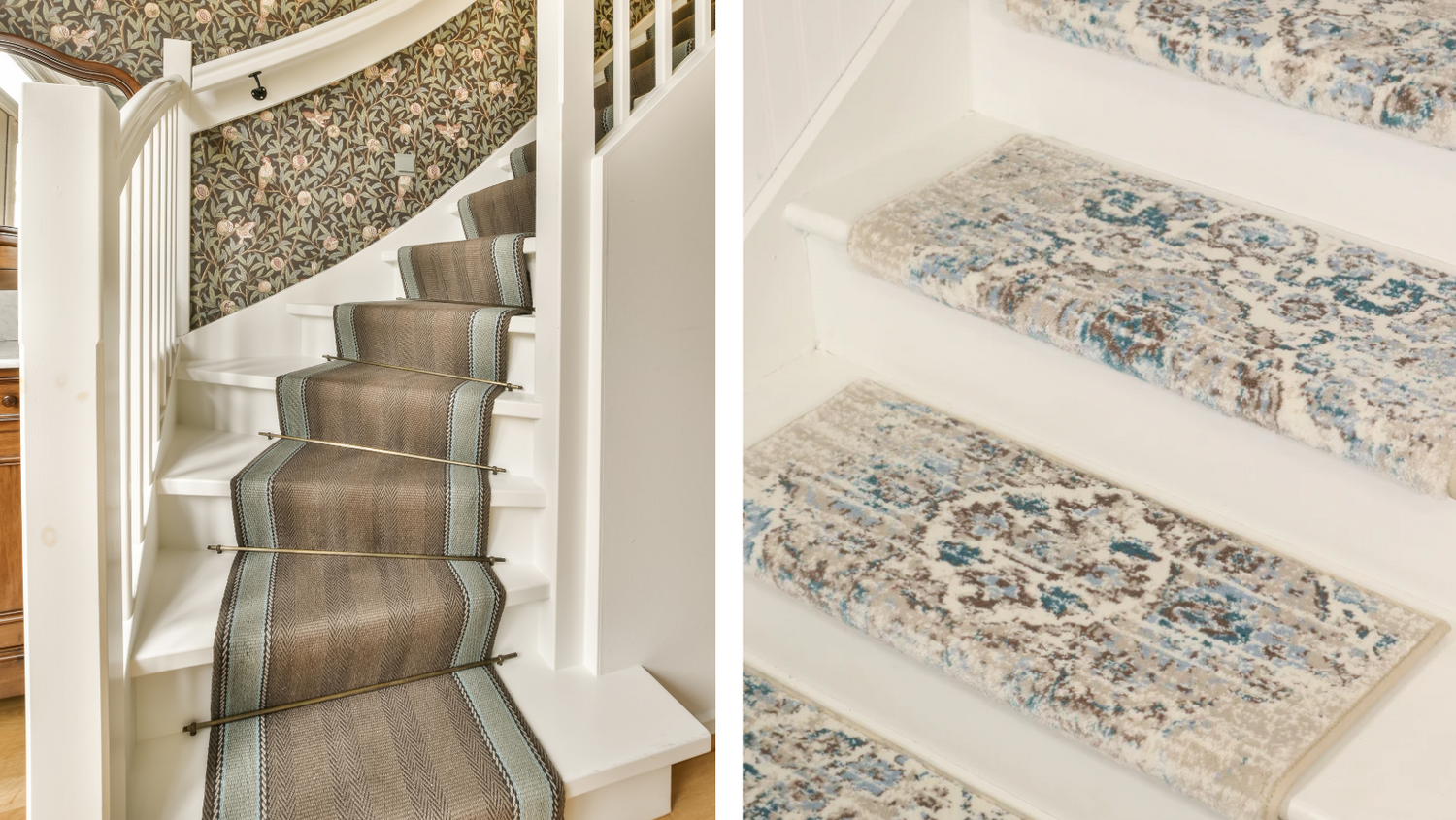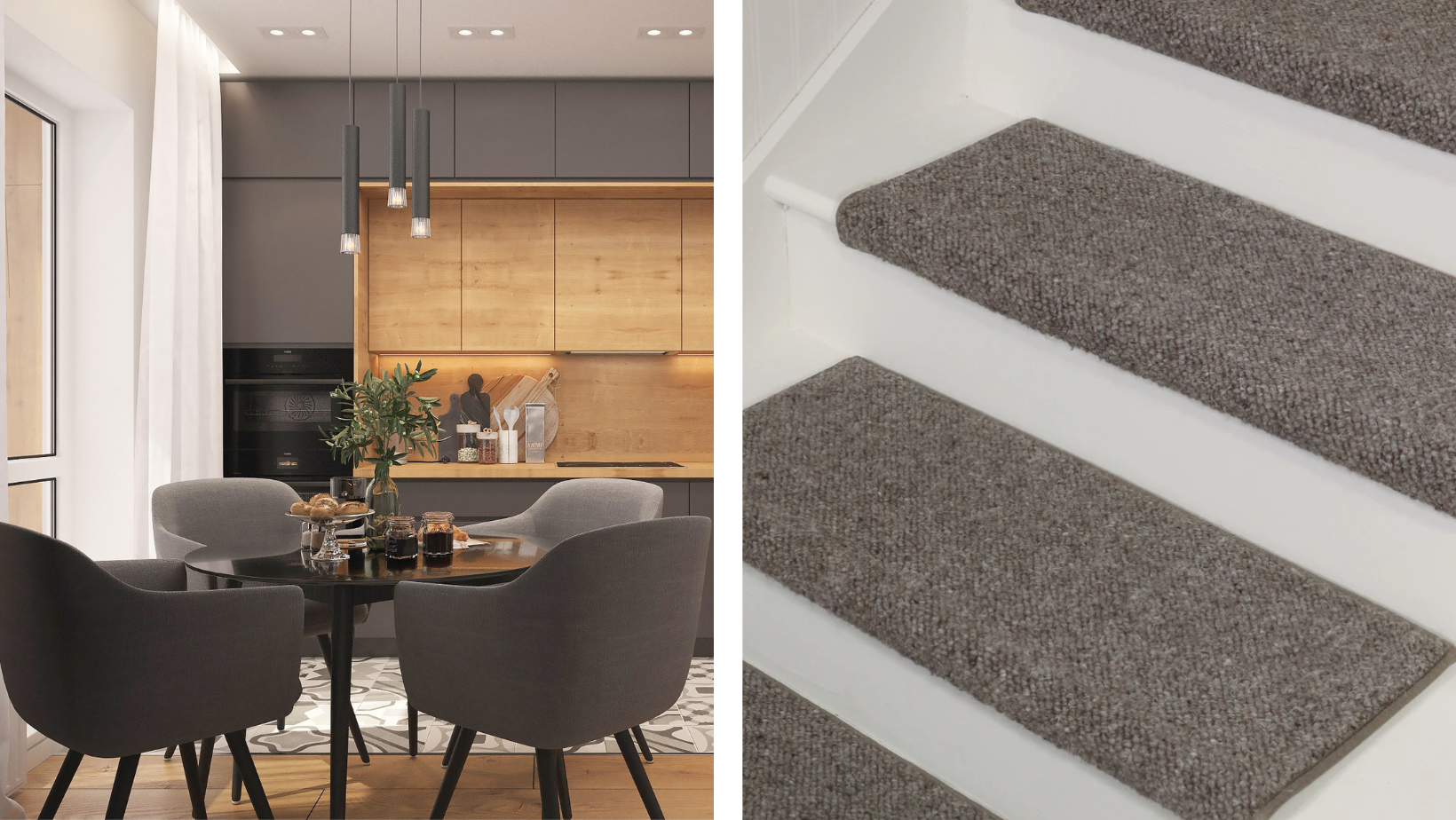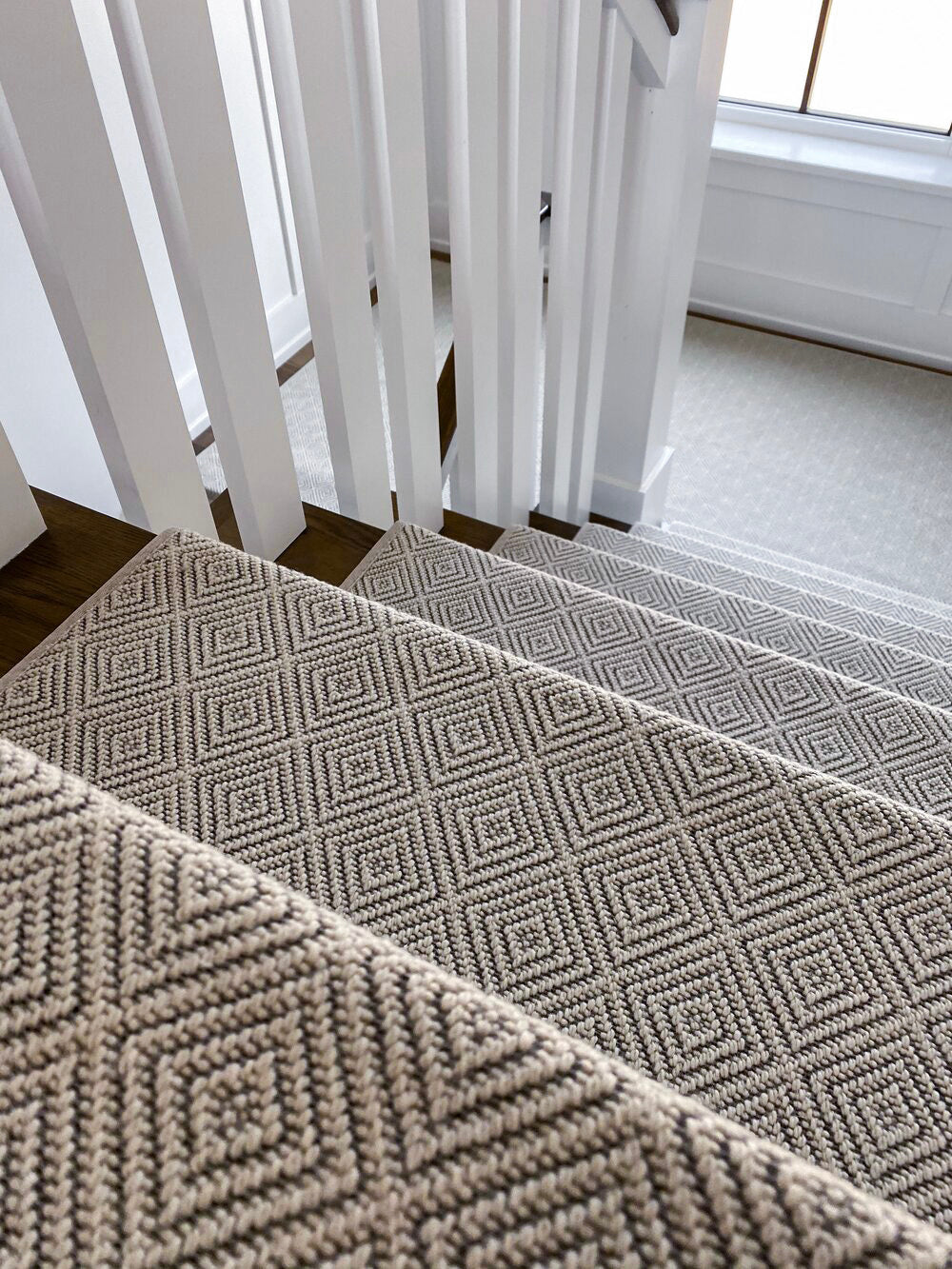Looking to give your stairs a makeover? Discover the top 3 DIY stair covering ideas:
-
Carpet runners
-
Rubber stair treads
Learn about their installation process, as well as the pros and cons of each option to help you make the best choice for your home.
Introduction to DIY Stair Covering Ideas
When it comes to home improvement, you may be wondering what to cover stair treads with. Here are a few DIY stair covering ideas that offer a cost-effective way to revamp your staircase: carpet stair treads, carpet runners, and rubber stair treads.
Carpet Stair Treads
Installation Process
Installing carpet stair treads is a relatively simple process that can be completed in a few hours. Here's a step-by-step guide to help you get started: How to diy stair treads:
-
Measure the width and depth of each stair tread to ensure the carpet treads fit properly.
-
Clean the stairs thoroughly to remove any dirt or debris.
-
Apply double-sided carpet tape to the back of each tread.
-
Align the tread with the front of the stair and press it firmly in place.
Tools and materials needed for installation:
-
Carpet stair treads
-
Double-sided carpet tape
-
Measuring tape
-
Scissors
Pros of Carpet Stair Treads
Carpet stair treads offer several benefits, including:
-
Comfort and safety: The soft surface provides a comfortable feel underfoot and reduces the risk of slipping.
-
Aesthetic enhancement: Carpet treads come in various colors and patterns, adding a decorative touch to your stairs.
Cons of Carpet Stair Treads
However, there are some drawbacks to consider:
-
Maintenance and cleaning challenges: Stair treads can accumulate dirt and require regular cleaning to maintain their appearance.
-
Potential wear and tear over time: High-traffic areas of the stairs may show signs of wear, requiring replacement or repair.
Carpet Runners
Installation Process
Installing a carpet runner involves a similar process to carpet stair treads:
-
Measure the length and width of the stairs to determine the size of the runner.
-
Clean the stairs and secure the runner using staples or a special adhesive.
-
Use a knee kicker and carpet stretcher to ensure a tight and secure fit.
Tools and materials needed for installation:
-
Carpet runner
-
Staples or adhesive
-
Measuring tape
-
Knee kicker and carpet stretcher
Pros of Carpet Runners
Carpet runners offer the following advantages:
-
Versatile design options: Runners come in various patterns and textures, allowing for customization to suit your style.
-
Protection for high-traffic areas: The runner provides a protective layer for the most used parts of the stairs, extending the life of the staircase.
Cons of Carpet Runners
However, there are some potential drawbacks:
-
Potential for slipping if not installed properly: Improper installation can lead to loose or wrinkled carpet, posing a slipping hazard.
-
Limited coverage compared to full carpeting: Runners may not cover the entire width of the stairs, leaving some areas exposed.
Rubber Stair Treads
Installation Process
Installing rubber stair treads is straightforward and requires minimal effort:
-
Measure the dimensions of the stairs to ensure the treads fit properly.
-
Clean the stairs to remove any dirt or debris.
-
Use adhesive or double-sided tape to secure the rubber treads in place.
Tools and materials needed for installation:
-
Rubber stair treads
-
Adhesive or double-sided tape
-
Measuring tape
-
Cleaning supplies
Pros of Rubber Stair Treads
Rubber stair treads offer the following benefits:
-
Durable and long-lasting material: Rubber treads are resistant to wear and tear, making them a practical choice for high-traffic areas.
-
Slip-resistant and easy to clean: The textured surface provides traction and is simple to maintain with regular cleaning.
Cons of Rubber Stair Treads
However, there are some potential downsides:
-
Limited design options compared to carpet: Rubber treads may not offer as many aesthetic choices as carpet options.
-
Potential for a less cozy or warm feel compared to carpet: The rubber material may not provide the same level of comfort as carpet.
Comparison of the 3 Options
When comparing carpet stair treads, carpet runners, and rubber stair treads, it's essential to consider factors such as cost, maintenance, and aesthetics. Each option has its unique features, and the best choice for your home will depend on your specific needs and preferences.
Conclusion
In conclusion, DIY stair covering ideas offer a fantastic way to enhance the look and safety of your staircase. Whether you opt for the comfort of carpet stair treads, the versatility of carpet runners, or the durability of rubber stair treads, each option has its own set of advantages and considerations. By carefully evaluating your requirements, you can make an informed decision and do a great job in transforming your stairs with the perfect covering option for your home.



